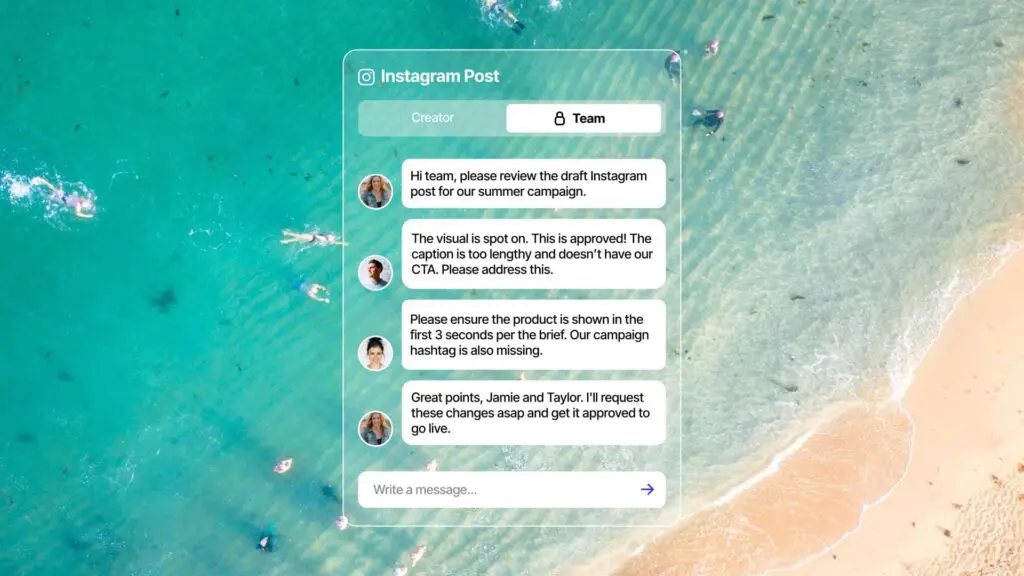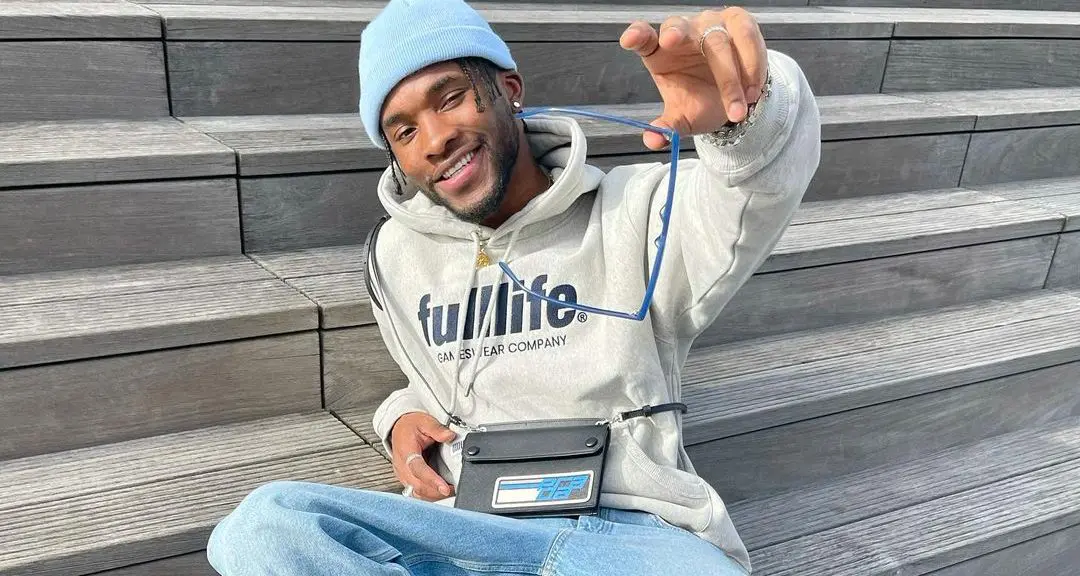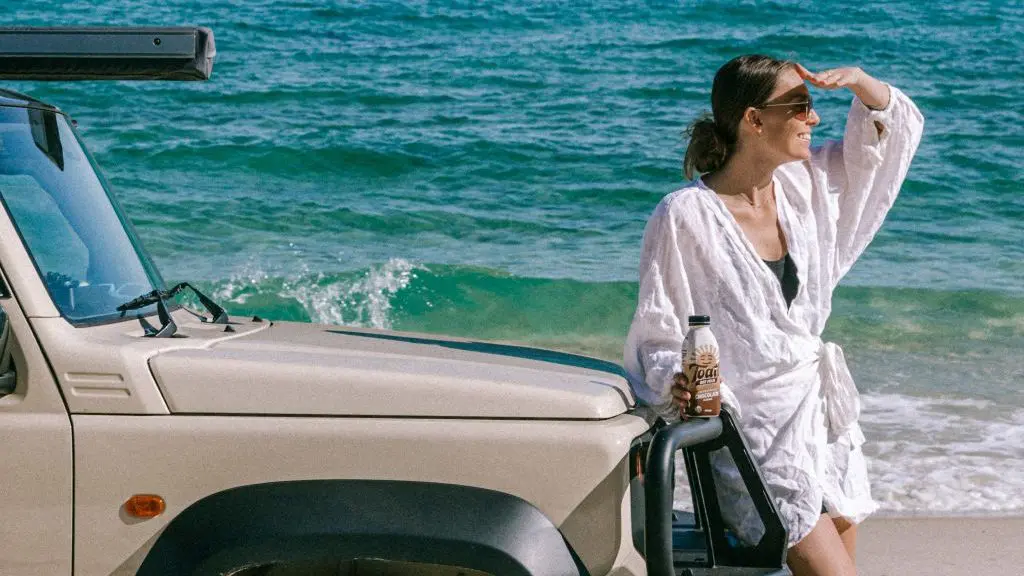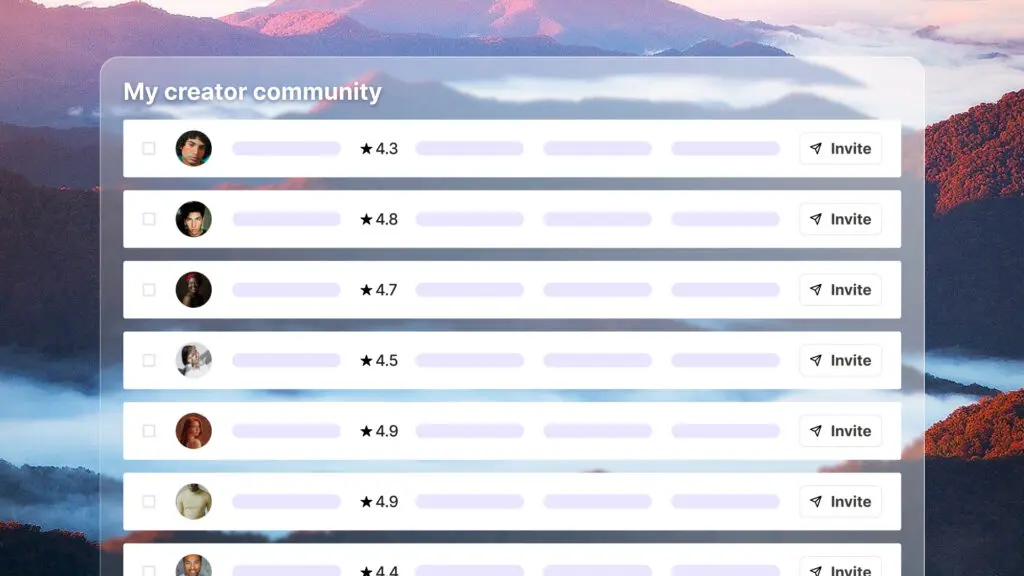

Today, social media and influencer marketing have made advertising easier, immediate, and affordable. Influencer marketing has become so popular that the market doubled in size between 2019-2023 to $21.1 billion.
Influencer marketing can be a real powerhouse when it comes to boosting your brand’s visibility and reach. In 2021, U.S. businesses spent close to $4 billion on influencer marketing.
Here we cover everything you need to know about influencer marketing for fashion brands, whether you’re just starting out or looking to boost your social media metrics.
In the simplest terms, influencer marketing is leveraging individual content creators to promote your brand online. This may come in many different forms, like product promotions, affiliate marketing, and partnering with influencers during live streams and events.
Fashion brands are uniquely positioned to benefit from influencer marketing as the products they sell can often be tied to people’s personal identities and values. For example, consumers can use beauty and fashion to make bold statements about various aspects of their lives such as getting a new job, a change in relationship status, or a new style and perspective.

Fashion is one of the biggest categories in influencer marketing. Estimated to be worth $4.54 billion in 2023, the market is expected to reach $14.82 billion by 2027. Unlike niche industries which speak to a very narrow audience, beauty and fashion brands have the power to appeal to a wide demographic and, therefore, stand to benefit the most from engaging with influencers. Whether it’s beauty tips, a wardrobe overhaul, or advice on how to dress for your body type, fashion brands have a plethora of topics to explore in their influencer marketing.
Here are some interesting stats to begin with:
Influencer marketing can be incredibly beneficial for growing your followers, having successful product launches or building brand awareness. However, before you begin your influencer campaign, you need to have a clear idea of what you’re looking to achieve. Embedding your influencer marketing into your wider social media strategy will help define the social media analytics needed and what type of collaboration you should choose.
To get you started, here are some ideas on how you can leverage influencer marketing.
One of the great perks of influencer marketing is using the already existing relationship influencers have with their followers. While people may not know your product, they know their influencers and trust what they say. This can help you make your products more accessible and appealing to a larger group of people.
If you have a new product coming onto the market, influencers can help elevate your Instagram advertising efforts or showcase your product in a YouTube tutorial. Make sure you send influencers a free product well in advance so that they have time to plan and execute their content.
Similar to product promotions, product reviews allow influencers to try out your products and share their experience with their followers. This is a great opportunity to highlight any unique features, outline who the product’s tailored to, and how to make best use of it.
Influencers can use product reviews to share do’s and don’ts and come across as more authentic and transparent than standard ads. You can also provide influencers with affiliate links. This gives them commission from every sale, which should in turn, encourage them to drive sales as much as they can.
If your goal is to drive sales and you have the leeway to sacrifice some of the revenue, offering special discounts through influencer marketing is a great device. Influencers like this as it helps them add value for their audience. It also encourages people to buy immediately as the product is discounted for a limited period only. You can generate unique discount codes and links for each influencer which will enable you to track what they contributed to sales.
If you’re collaborating with a celebrity or a mega influencer, you could hand them the reins of your social media accounts for a day or two. Allow them to get creative and post videos, photos, and stories for the entire day. Their prolonged engagement with your brand means that more of their followers will get to see your content (for instance, if they come from different time zones), which can help increase exposure.

Influencer marketing can be challenging as there are many elements to a successful influencer marketing strategy. First, you need to define your marketing goals and decide what metrics to track, i.e. sales, website visits, new followers, etc.
Next, you’ll need to identify the influencers that can help you achieve these goals – you can do this using Vamp, a platform that will match you with genuine, relevant influencers.
You also need to consider the logistics of campaign delivery. If influencers are located in a different country, make sure you have regional distribution channels to send them free items. Likewise, before the posts go live, give yourself plenty of time to set up your affiliate links, any hashtags you’d like them to use, and discount codes.
Don’t be fooled into thinking that only influencers with a large following will be a good fit for your brand. Those with smaller followings often have highly engaged audiences and can be perceived to be more genuine than mega or celebrity influencers.
Things that you should consider when choosing your influencers are:
Once you have these parameters defined, one way to find influencers is to look at relevant keywords and hashtags on your platform of choice and select the content with the most engagement.
Another more targeted approach, would be to use an influencer marketing tool which can do the research for you. For example, Vamp offers a creator sampling tool where you can use filters to narrow down your search and see at a glance the top influencers by followers, engagement rate, location, etc.

Your influencer marketing campaign needs to feature within your larger marketing strategy. Here’s what you need to consider when building your strategy.
Define terms and content strategy – engaging influencers is a business transaction. From the very beginning, both sides have to be clear on expectations and specific content requirements. Define clear objectives, deadlines, and posting schedules which you can keep track of and measure.
Fashion trends may be moving fast, but that doesn’t mean you should rush into your influencer campaign. Take your time and ensure that every step you take brings you closer to your goal. Invest a good amount of time in planning and research as this will pay dividends later on.
If influencer marketing features prominently in your strategy, take a look at influencer marketing software tools such as Vamp to help you find, plan, and execute all of your influencer marketing activities from a single place.
Unsure of how to get started? Our team at Vamp can help you talk through your objectives and deliver influencer marketing campaigns that will blow your numbers off the chart! Get your quote here.



| Cookie | Duration | Description |
|---|---|---|
| __cf_bm | 30 minutes | This cookie, set by Cloudflare, is used to support Cloudflare Bot Management. |
| _abck | 1 year | This cookie is used to detect and defend when a client attempt to replay a cookie.This cookie manages the interaction with online bots and takes the appropriate actions. |
| _GRECAPTCHA | 5 months 27 days | This cookie is set by the Google recaptcha service to identify bots to protect the website against malicious spam attacks. |
| bm_sz | 4 hours | This cookie is set by the provider Akamai Bot Manager. This cookie is used to manage the interaction with the online bots. It also helps in fraud preventions |
| cookielawinfo-checkbox-advertisement | 1 year | Set by the GDPR Cookie Consent plugin, this cookie is used to record the user consent for the cookies in the "Advertisement" category . |
| cookielawinfo-checkbox-analytics | 11 months | This cookie is set by GDPR Cookie Consent plugin. The cookie is used to store the user consent for the cookies in the category "Analytics". |
| cookielawinfo-checkbox-functional | 11 months | The cookie is set by GDPR cookie consent to record the user consent for the cookies in the category "Functional". |
| cookielawinfo-checkbox-necessary | 11 months | This cookie is set by GDPR Cookie Consent plugin. The cookies is used to store the user consent for the cookies in the category "Necessary". |
| cookielawinfo-checkbox-others | 11 months | This cookie is set by GDPR Cookie Consent plugin. The cookie is used to store the user consent for the cookies in the category "Other. |
| cookielawinfo-checkbox-performance | 11 months | This cookie is set by GDPR Cookie Consent plugin. The cookie is used to store the user consent for the cookies in the category "Performance". |
| CookieLawInfoConsent | 1 year | Records the default button state of the corresponding category & the status of CCPA. It works only in coordination with the primary cookie. |
| csrftoken | past | This cookie is associated with Django web development platform for python. Used to help protect the website against Cross-Site Request Forgery attacks |
| elementor | never | This cookie is used by the website's WordPress theme. It allows the website owner to implement or change the website's content in real-time. |
| viewed_cookie_policy | 11 months | The cookie is set by the GDPR Cookie Consent plugin and is used to store whether or not user has consented to the use of cookies. It does not store any personal data. |
| Cookie | Duration | Description |
|---|---|---|
| __hssc | 30 minutes | HubSpot sets this cookie to keep track of sessions and to determine if HubSpot should increment the session number and timestamps in the __hstc cookie. |
| __hssrc | session | This cookie is set by Hubspot whenever it changes the session cookie. The __hssrc cookie set to 1 indicates that the user has restarted the browser, and if the cookie does not exist, it is assumed to be a new session. |
| __hstc | 5 months 27 days | This is the main cookie set by Hubspot, for tracking visitors. It contains the domain, initial timestamp (first visit), last timestamp (last visit), current timestamp (this visit), and session number (increments for each subsequent session). |
| _ga | 2 years | The _ga cookie, installed by Google Analytics, calculates visitor, session and campaign data and also keeps track of site usage for the site's analytics report. The cookie stores information anonymously and assigns a randomly generated number to recognize unique visitors. |
| _ga_56JWQ0019V | 2 years | This cookie is installed by Google Analytics. |
| _gat_UA-132076027-1 | 1 minute | A variation of the _gat cookie set by Google Analytics and Google Tag Manager to allow website owners to track visitor behaviour and measure site performance. The pattern element in the name contains the unique identity number of the account or website it relates to. |
| _gcl_au | 3 months | Provided by Google Tag Manager to experiment advertisement efficiency of websites using their services. |
| _gid | 1 day | Installed by Google Analytics, _gid cookie stores information on how visitors use a website, while also creating an analytics report of the website's performance. Some of the data that are collected include the number of visitors, their source, and the pages they visit anonymously. |
| bscookie | 1 year | LinkedIn sets this cookie to store performed actions on the website. |
| CONSENT | 2 years | YouTube sets this cookie via embedded youtube-videos and registers anonymous statistical data. |
| hubspotutk | 5 months 27 days | HubSpot sets this cookie to keep track of the visitors to the website. This cookie is passed to HubSpot on form submission and used when deduplicating contacts. |
| Cookie | Duration | Description |
|---|---|---|
| _fbp | 3 months | This cookie is set by Facebook to display advertisements when either on Facebook or on a digital platform powered by Facebook advertising, after visiting the website. |
| _pin_unauth | 1 year | This cookie is placed by Pinterest Tag when the user cannot be matched. It contains a unique UUID to group actions across pages. |
| AnalyticsSyncHistory | 1 month | No description |
| bcookie | 1 year | LinkedIn sets this cookie from LinkedIn share buttons and ad tags to recognize browser ID. |
| bscookie | 1 year | LinkedIn sets this cookie to store performed actions on the website. |
| fr | 3 months | Facebook sets this cookie to show relevant advertisements to users by tracking user behaviour across the web, on sites that have Facebook pixel or Facebook social plugin. |
| IDE | 1 year 24 days | Google DoubleClick IDE cookies are used to store information about how the user uses the website to present them with relevant ads and according to the user profile. |
| lang | session | LinkedIn sets this cookie to remember a user's language setting. |
| lidc | 1 day | LinkedIn sets the lidc cookie to facilitate data center selection. |
| MONITOR_WEB_ID | 3 months | The cookie is used by: TikTok The functionality is: to store if the user has seen embedded content. The purpose is: Marketing/Tracking |
| test_cookie | 15 minutes | The test_cookie is set by doubleclick.net and is used to determine if the user's browser supports cookies. |
| ttwid | 1 year | No description available. |
| UserMatchHistory | 1 month | LinkedIn sets this cookie for LinkedIn Ads ID syncing. |
| VISITOR_INFO1_LIVE | 5 months 27 days | A cookie set by YouTube to measure bandwidth that determines whether the user gets the new or old player interface. |
| YSC | session | YSC cookie is set by Youtube and is used to track the views of embedded videos on Youtube pages. |
| yt-remote-connected-devices | never | YouTube sets this cookie to store the video preferences of the user using embedded YouTube video. |
| yt-remote-device-id | never | YouTube sets this cookie to store the video preferences of the user using embedded YouTube video. |
| yt.innertube::nextId | never | This cookie, set by YouTube, registers a unique ID to store data on what videos from YouTube the user has seen. |
| yt.innertube::requests | never | This cookie, set by YouTube, registers a unique ID to store data on what videos from YouTube the user has seen. |
| Cookie | Duration | Description |
|---|---|---|
| li_gc | 5 months 27 days | No description |
| ln_or | 1 day | No description |
| msToken | 10 days | No description |
| wp-wpml_current_language | session | No description available. |